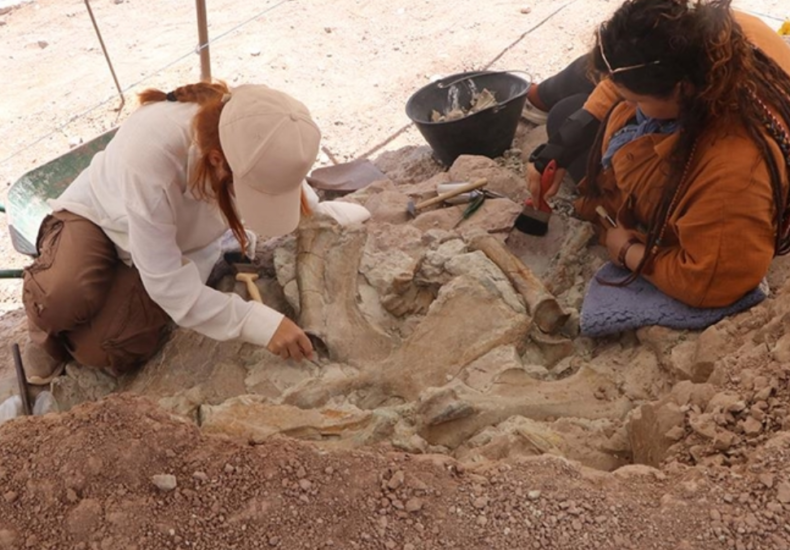
9-Million-Year-Old Fossils of Elephants, Giraffes, and Rhinos Unearthed Together in Türkiye
A stunning fossil discovery in central Türkiye is offering a rare glimpse into the Miocene period’s megafauna. Excavations at the Çorakyerler Vertebrate Fossil Locality in Çankırı have revealed over 20 fossilized remains—including elephants, rhinos, and giraffes—all found within just two square meters of sediment.
Led by a 15-member team, the 2025 excavation season has unearthed not just isolated bones but remarkably preserved, articulated skeletons of large mammals. Dr. Gülşah Güler, Assistant Director of the excavation, emphasized the rarity and scientific value of the find:
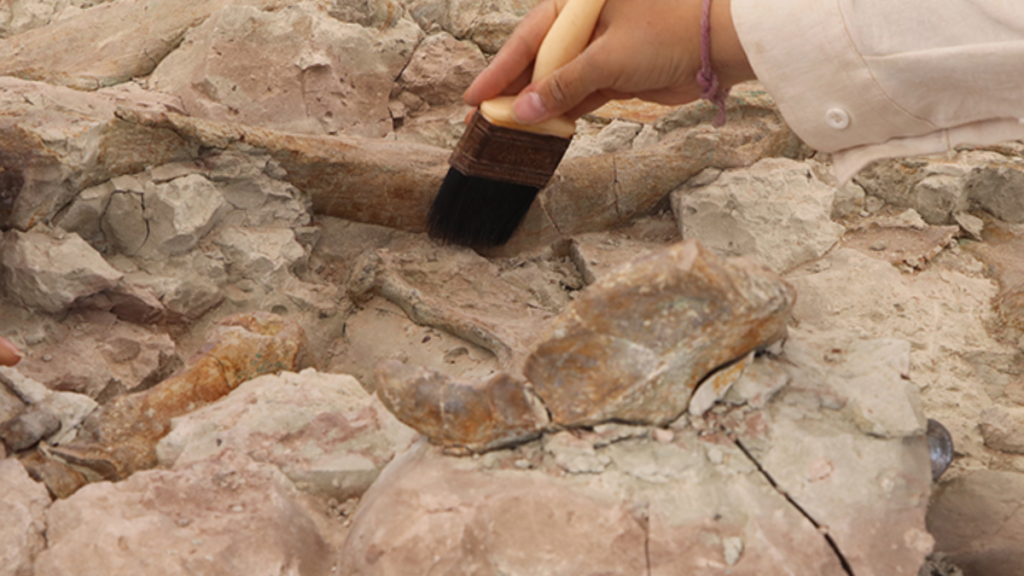
“Unlike many other fossil sites in Türkiye, these bones were not scattered or damaged. We believe a sudden mudflow buried the animals together, preserving them in pristine condition for millions of years.”
A Natural Disaster That Froze Time
According to Dr. Güler, the unusual clustering of species likely resulted from a sudden mudslide that trapped the animals in place, allowing their skeletons to remain undisturbed for over 9 million years. This kind of natural burial is rare and has resulted in fossil preservation that rivals world-famous paleontological sites.
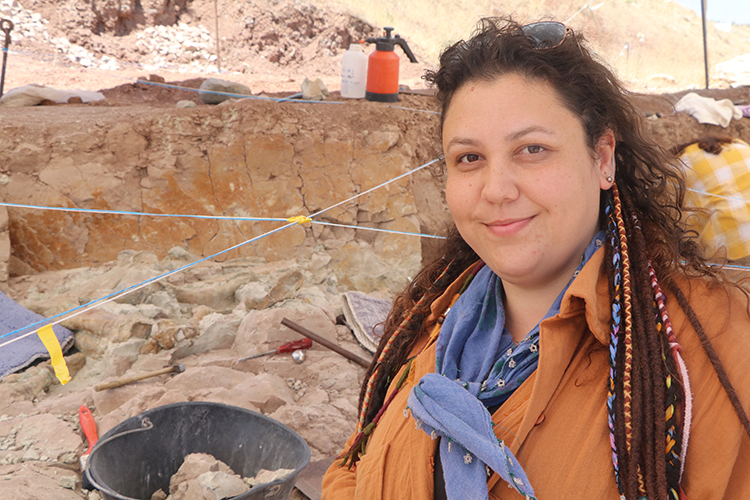
A Reference Site for Miocene Mammals
Çorakyerler, excavated systematically since 1997, is recognized as one of Türkiye’s key fossil localities. The site has yielded over 4,300 catalogued specimens from 43 different species, including ancestors of horses, giraffes, saber-toothed cats, porcupines, bears, and otters.
📣 Our WhatsApp channel is now LIVE! Stay up-to-date with the latest news and updates, just click here to follow us on WhatsApp and never miss a thing!!
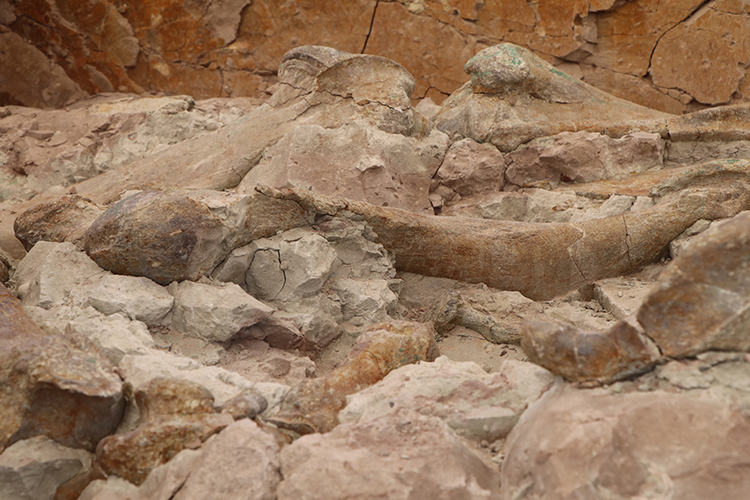
This season alone, researchers have uncovered articulated bones belonging to at least 7–8 elephants, in addition to numerous giraffe and rhino specimens. These discoveries are not only expanding our understanding of Miocene ecosystems but also providing vital clues into the evolution and extinction of large mammals in Eurasia.
“We’re now able to reconstruct not just individual species, but the entire habitat they lived in. That makes Çorakyerler a goldmine for paleontology,” added Dr. Güler.
Cover Image Credit: Excavation team working carefully to uncover 9-million-year-old fossils at Çorakyerler. Photo: AA
You may also like
- A 1700-year-old statue of Pan unearthed during the excavations at Polyeuktos in İstanbul
- The granary was found in the ancient city of Sebaste, founded by the first Roman emperor Augustus
- Donalar Kale Kapı Rock Tomb or Donalar Rock Tomb
- Theater emerges as works continue in ancient city of Perinthos
- Urartian King Argishti’s bronze shield revealed the name of an unknown country
- The religious center of Lycia, the ancient city of Letoon
- Who were the Luwians?
- A new study brings a fresh perspective on the Anatolian origin of the Indo-European languages
- Perhaps the oldest thermal treatment center in the world, which has been in continuous use for 2000 years -Basilica Therma Roman Bath or King’s Daughter-
- The largest synagogue of the ancient world, located in the ancient city of Sardis, is being restored

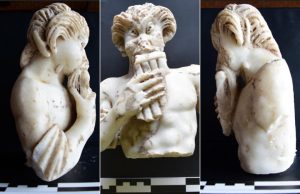
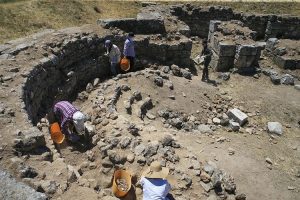
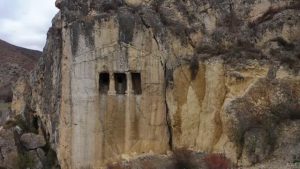
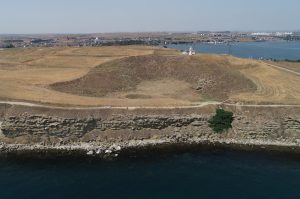
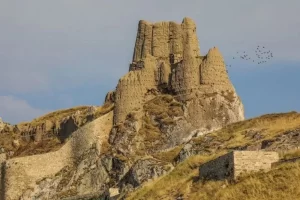
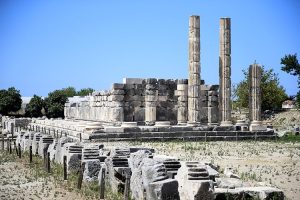
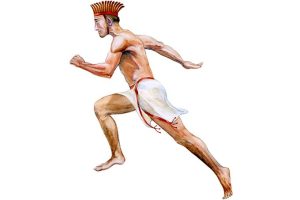

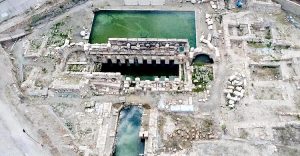
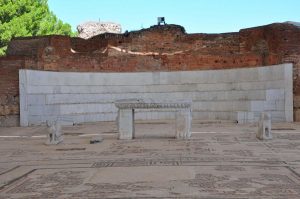
Leave a Reply